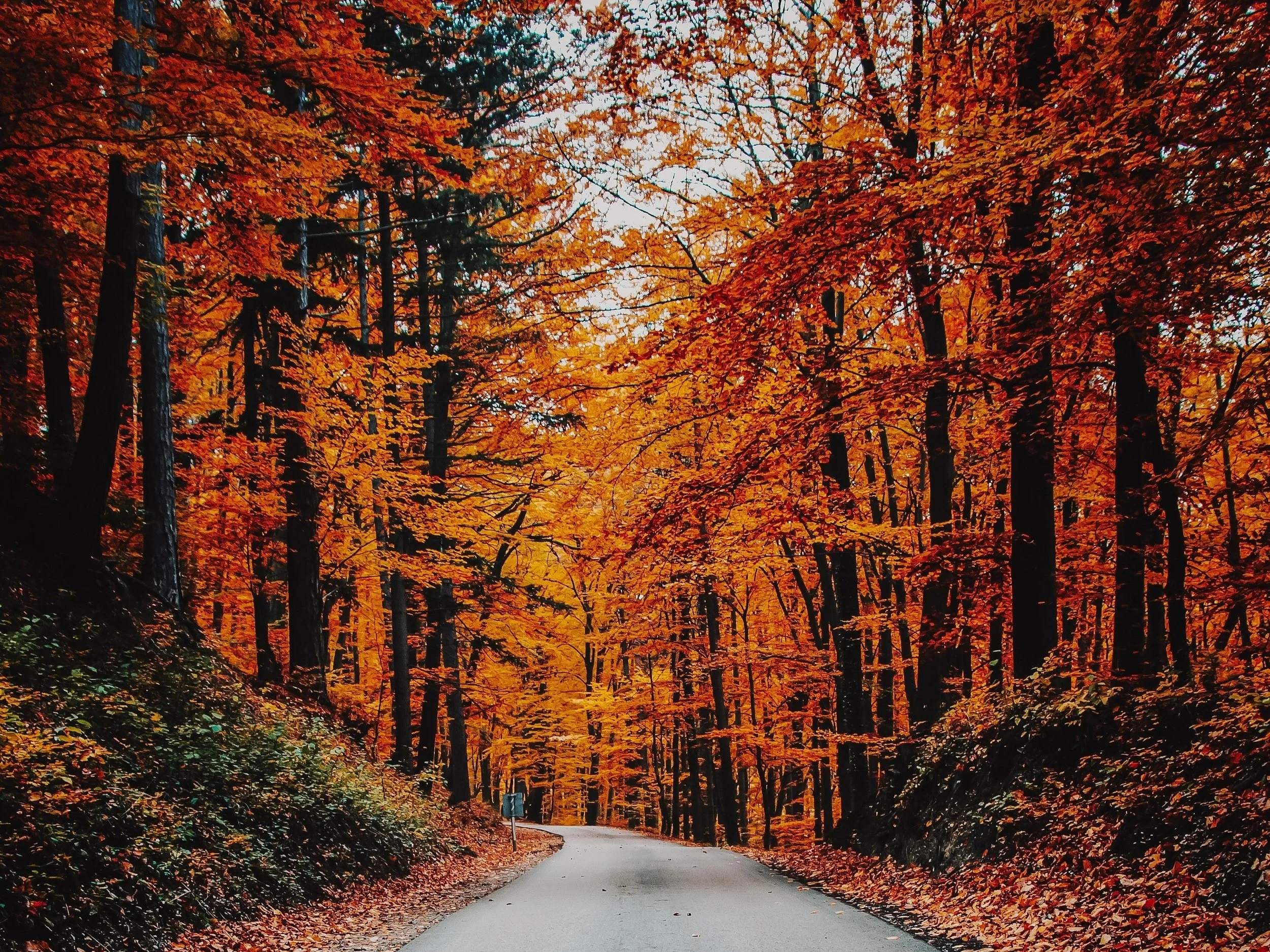There is a time for everything, and a season for every activity under the heavens.
Ecclesiastes 3:1
Autumn is a season of great beauty, but it is also a season of decline: the days grow shorter, the light is suffused, and summer's abundance decays toward winter's death. Faced with this inevitable winter, what does nature do in autumn? It scatters the seeds that will bring new growth in the spring and scatters them with amazing abandon. In my own experience of autumn, I am rarely aware that seeds are being planted. Instead, my mind is on the fact that the green growth of summer is browning and beginning to die. My delight in the autumn colors is always tinged with melancholy, a sense of impending loss that is only heightened by the beauty all around. I am drawn down by the prospect of death more than I am lifted by the hope of new life. In the visible world of nature, a great truth is concealed in plain sight: diminishment and beauty, darkness and light, death and life. They are held together in the paradox of “hidden wholeness.” In a paradox, opposites do not negate each other – they cohere in mysterious unity at the heart of reality. Deeper still, they need each other for health, as my body needs to breathe in as well as breathe out. But in a culture that prefers the ease of either-or thinking to the complexities of paradox, we have a hard time holding opposites together… Autumn constantly reminds me that my daily dyings are necessary precursors to new life. If I try to “make” a life that defies the diminishments in autumn, the life I end up with will be artificial, at best, and utterly colorless as well. But when I yield to the endless interplay of living and dying, dying and living, the life I am given will be real and colorful, fruitful and whole.
–Parker Palmer, Let Your Life Speak


